Your ultimate guide to creating a social media campaign.
But with so many brands competing for attention online, it’s more important than ever to get creative with your campaigns. So, what makes a marketing campaign successful in our modern world, and how can you create one of your own? In this article, we’ll dig into 10 examples of successful social media campaigns from globally renowned brands, and why they worked. They’ll give you the inspiration you need to create your own social media campaign that’s destined to go viral.
What is a social media campaign?
A social media campaign is when a brand leverages digital platforms to assist them with their marketing goals. It can be run on any platform that has a social networking element. So, for example, a Google ad would not be considered a social media campaign, as it’s a search engine rather than a social networking platform. However, a coordinated marketing effort using Instagram, Facebook, Pinterest, LinkedIn, TikTok, Twitter, Snapchat would fall under a social media campaign. It differs from your usual social media content, in that it’s usually run over a set period of time, and is designed to fulfill a specific purpose. It can be either organic or paid, but it’s often run with increased focus and measurability than your day-to-day content. We use and recommend Canva at Spearhead Multimedia. You should, too. When it comes to posting at the right times there’s nothing easier than Blog2Social Pro for very frequent uses or Blog2Social Smart for regular users.
What is the purpose of a social media campaign?
A social media campaign can be used to reach many different business goals. Some focus on brand awareness and visibility—getting your brand discovered either by the masses or in front of a specific, target audience. Other social media campaigns aim to create or solidify certain brand sentiments. That is, they influence how your audience perceives or thinks about your brand—whether that’s seeing you as more caring, trustworthy, or innovative. Other common goals of social media campaigns include increased conversions (making sales), engagement, or loyalty.
10 successful social media campaigns to inspire your own
1. Citi Bank’s ‘The Moment’ campaign
This powerful multimedia campaign addressed the gender pay gap that exists in the workforce. It actually began offline, kicking off with a billboard in Times Square showcasing the moment that girls learned women get paid 29% less than their male counterparts in the US. This then directed viewers to watch the full, unedited footage of these young women discovering the news.
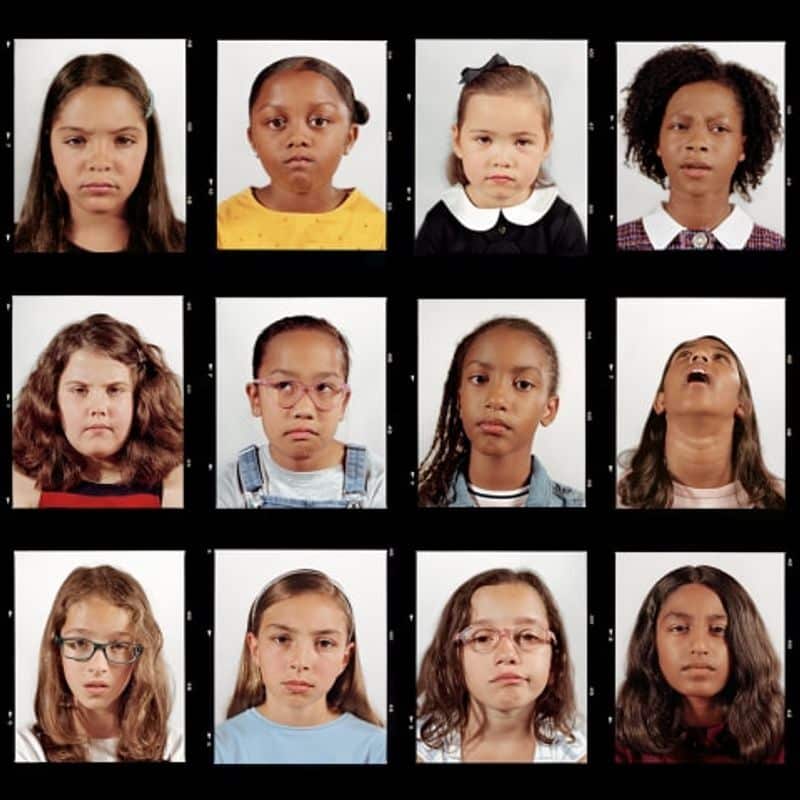
These marketing efforts were then proliferated on their social media channels, where they shared a two-minute hero video combining the girls’ reactions alongside the hashtag #itsabouttime. The campaign generated a lot of attention and helped position Citi Bank as a company that truly cares about its audience.
This campaign is a great example of how a social media campaign can effectively work alongside other marketing efforts, such as billboards, print, and video. It also showcases the importance of emotion in helping your audience truly connect with a social media campaign.
Want to add the element of human emotion to your own social media campaign? Canva’s Black And White Portrait Of Woman Covering Her Face template is a great place to start.
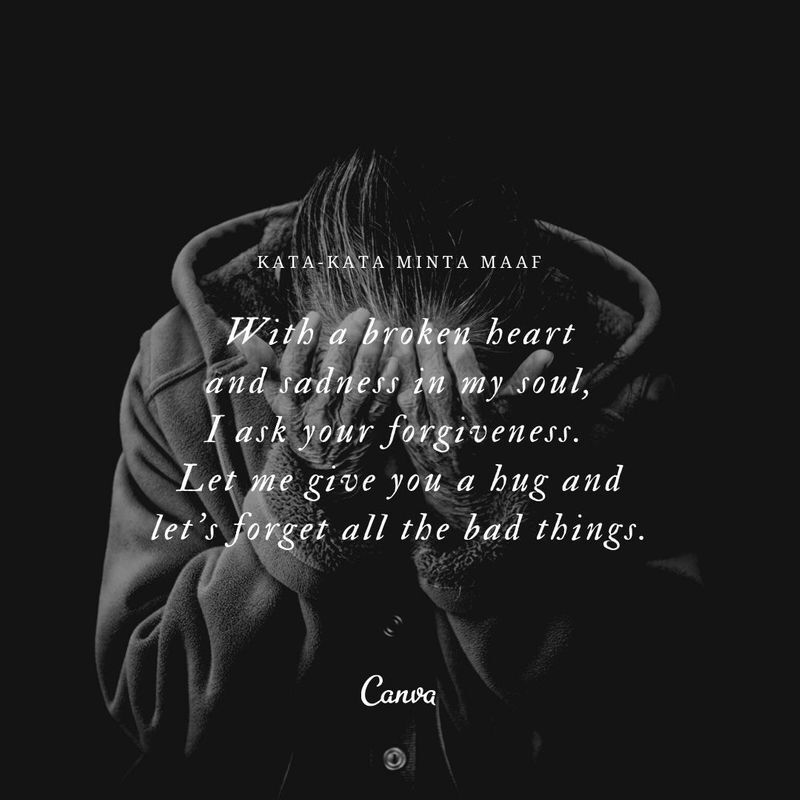
2. Walmart’s ‘Deal Drop Dance’ campaign on TikTok
TikTok is a relatively new avenue for social media marketing. But as this campaign proved, it offers huge potential. In Walmart’s #dealdropdance campaign, they enlisted the help of popular celebrities like Terry Crews and Rebel Wilson to help generate excitement for their Black Friday Sales. These stars led the way by doing the ‘deal drop dance’—a short dance to the song ‘Water Me’ by Lizzo.

Fans were then encouraged to film themselves doing their own deal drop dance and post it on TikTok with the hashtag #dealdropdance for their chance to win a $100 Walmart voucher. In under a week, the hashtag trended on TikTok and received over 2 billion hits.
This fun campaign is one that effectively taps into the zeitgeist—the popularity of dancing and challenges on TikTok—to amplify its reach. It’s also a great example of creating a branded hashtag for your campaign and engaging the use of influencers. Another key takeaway is that competitions make for excellent social media campaigns, as there’s added incentive for viewers to engage with it.
Related: Making Highly Watchable Videos: A 4-Step System to More Eyeballs
3. PayPal ‘It Pays To Keep Your Distance’ campaign
This campaign from PayPal Australia was a clever way to jump on the Zoom virtual party trend during self-isolation. The ‘It Pays To Keep Your Distance’ nationwide competition allowed Aussies to go in the running to win one of six, $500 prizes every week for throwing the best ‘IsoParty.’ To enter, participants had to take a snap of their soiree, post it on Instagram with the @PayPalAU Instagram page, include the hashtag #PayPalisoparty and tag @PayPalAU in the post.

The campaign was launched in response to the loosening social distancing restrictions in Australia. It gave people an incentive to keep their distance for just a while longer, to help continue flattening the curve of COVID-19.
This helped solidify PayPal’s image as a company with a positive mission—not just one that takes your money. However, the benefits went far beyond that. In prompting entrants to tag and follow PayPal, the campaign also helped to boost their following and engagement in the Australian market.
4. Spotify’s ‘2019 Wrapped’ campaign
Spotify’s ‘Wrapped’ campaign runs yearly, but 2019 was a particularly momentous occasion as it analyzed user listening data from the last decade. While it runs mainly from within the Spotify app, there’s a heavy social media component to it. Not only did they run colorful and graphics to encourage users to access their 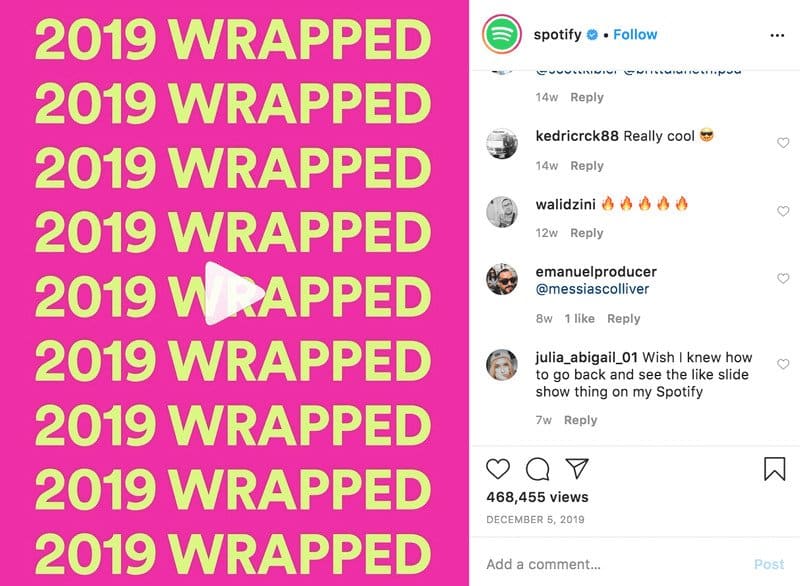 own ‘Wrapped’ data, but they also provided them with customized graphics they could share on their own feeds.
own ‘Wrapped’ data, but they also provided them with customized graphics they could share on their own feeds.
Spotify Wrapped shows how a campaign doesn’t necessarily have to be a one-time event. Rather, it can be a recurring one that users look forward to every year, and that your brand becomes known for.
It’s also a great example of a campaign that focuses on nurturing its existing customer base, instead of necessarily attracting new ones. With the personalization element, it makes their users feel special and more connected to their brand. Of course, with so many of their customers sharing their ‘Wrapped’ results, the knock-on effect will likely also attract curious new customers, too!
Want to create vibrant and eye-catching graphics for your own social media campaign? Check out Canva’s sport template.
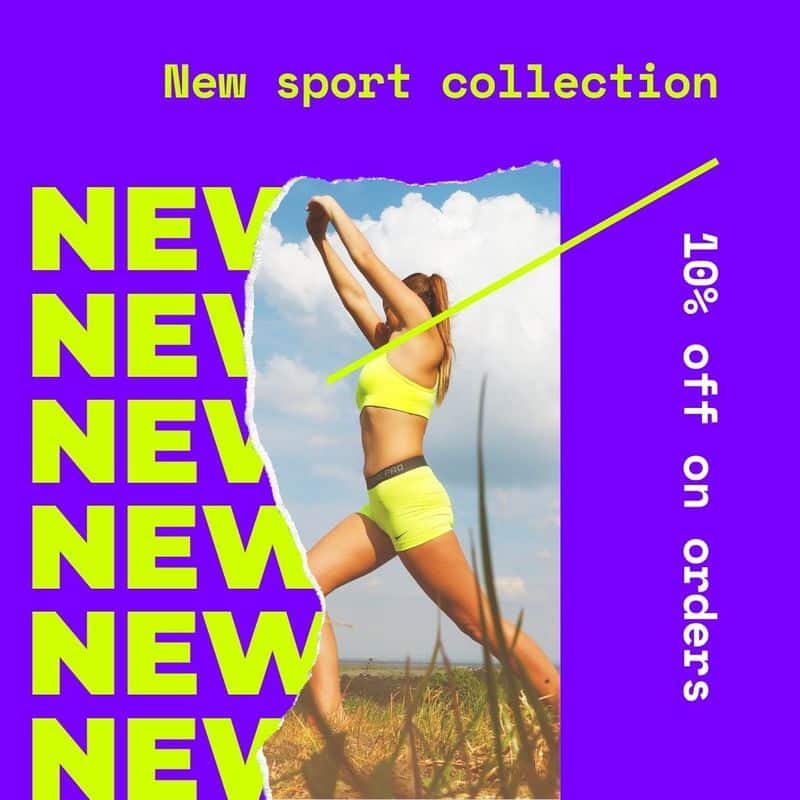
5. Casper’s Sleep Channel
Spotify isn’t always the ones running social media campaigns—sometimes, they’re the ones hosting them! That’s exactly what happened in this out-of-the-box campaign from a mattress company, Casper. They created a Spotify playlist called ‘Casper Sleep Channel,’ filled with relaxing tracks to help their customers wind down. These were also repurposed across YouTube and IGTV.
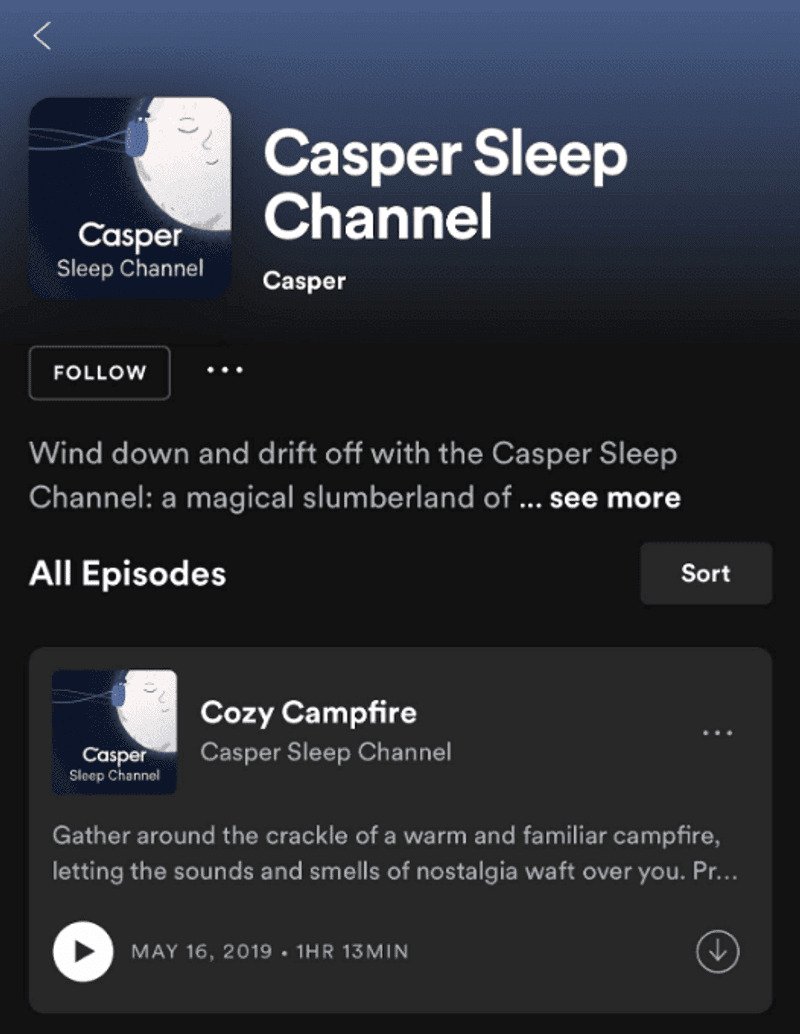
It’s a clever campaign because it serves a number of different purposes. Firstly, it’s a nice value add for existing customers, who will feel that the brand is looking out for them. However, it’s also a great way for them to get discovered by potential new customers who are struggling to sleep and may need a new mattress!
Related: 8 Simple Ways to Make Social Media Work for Your Business

6. Reese’s Live with Neil Patrick Harris
Livestreaming is an increasingly popular vehicle for social media marketing—and this campaign showed how it can be used to create an interactive experience. It saw actor Neil Patrick Harris partner with confectionery company Reese’s in the lead-up to Halloween. Fans following Neil Patrick Harris on Instagram and Facebook were given the opportunity to suggest tricks (like clowns or snakes) or treats (Reese’s chocolate) to fill a ‘haunted house’ with.
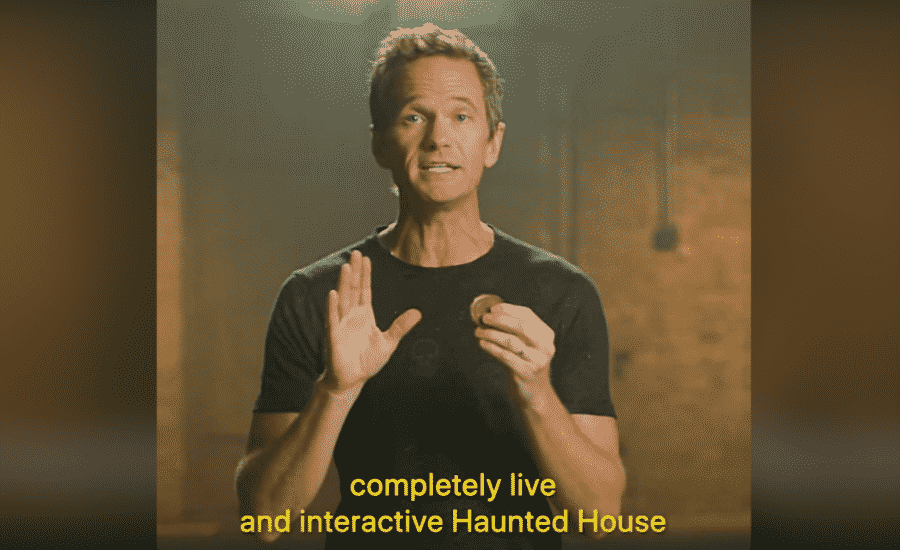
Then, a few lucky fans were chosen to experience the house, which was broadcasted via a Facebook live. While the guests were inside, viewers at home were given the chance to vote live via a poll on what path they wanted them to take throughout the house. The campaign was a truly unique experience that participants were unlikely to forget anytime soon. It’s also a great example of giving people multiple touchpoints to engage with the campaign—the initial voting plus turning up to the live stream.
7. Innocent’s ‘It’s Blue’ campaign
This cheeky campaign proved that a little controversy isn’t always a bad thing online. Jumping on the back of the ‘blue and gold dress debate’ the ironically titled juice brand ‘Innocent’ launched a green drink, and told everyone it was blue. This was then posted on a platform where controversy and debate are rife—Twitter.

Over 3000 people took to the comments to insist that the drink was, in fact, green not blue. But, Innocent didn’t stop there. They then engaged Duncan James of the iconic 90s boy band Blue to appear in a video re-asserting that the drink was blue.
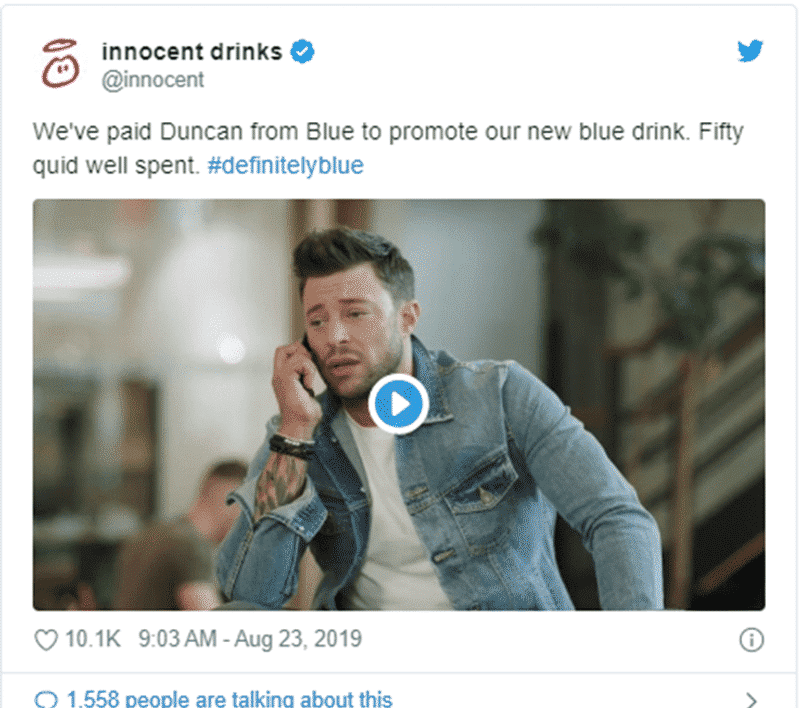
While they may have (intentionally) ruffled some feathers, the campaign certainly got people talking and catapulted the brand into the spotlight. It’s evidence that when used well, a touch of tongue-in-humor can help make a social media campaign more successful.
8. Starbucks’ Unicorn Frappuccino campaign
It would be easy for an iconic global brand like Starbucks to rest on their laurels and just do coffee. However, the brand knows that in order to attract new—and younger—customers, they must continue to innovate. They often launch novelty, limited-time products, and use social media to build hype around it.
Their Unicorn Frapuccino campaign was a great example. Instagram was the focus of this campaign and for the week it was available, their feed was adorned with bright colors, glitter, and all things unicorns.

It’s safe to say the campaign was successful. It generated more than 155,000 posts from customers who were excited to rush out and try the Unicorn Frappuccino for themselves. It points to how campaigns build around themed products and scarcity (such as limited time offers) are a fantastic way to generate more user-generated content and engagement.
9. Dove and Getty Images ‘Show Us’ Campaign
For this inspiring campaign, Dove partnered with Stock images site and Girlgaze, a diverse community of creators. In response to data that showered 70% of women felt underrepresented in media, they sought to create a more inclusive vision of beauty. Through the hashtag #showus, they encouraged women and non-binary people to share their own photos of themselves on Instagram. Some of these were then chosen for a stock collection of over 5000 images for brands and media to use.
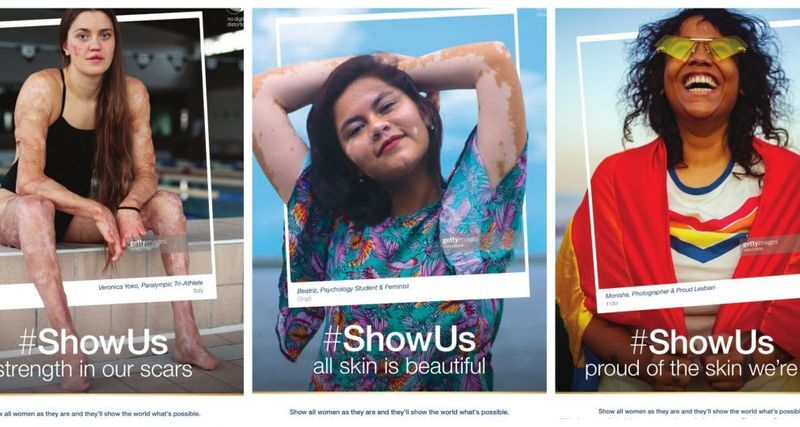
Despite being launched in 2019, the #showus continues to be used and has generated more than 600,000 posts. This shows how effective it can be when you invite an audience to be directly involved in a social media campaign.
While the campaign may not have direct commercial benefits for Dove, it gave them the opportunity to align themselves with a positive and uplifting cause. It also helped position Getty Images as the go-to stock image site for brands who want to be more inclusive.
Want to use a frame element to help your audience ‘picture themselves’ in your campaign? Check out Canva’s Pink and Peach Freeform Art Instagram Post template.

10. Marshalls’ ‘PinPal’ campaign
Department store Marshalls used Pinterest to bring their truly unique campaign to life—literally! Unlike many other social media campaigns, it did not call upon their audience to interact or give their input. Instead, they delivered surprise packages to the homes of Pinterest users who had pinned Marshalls products to their boards.

Naturally, the delighted participants then posted their surprise packages on other social media platforms like Instagram and Facebook—amplifying the reach of the campaign. It’s a great instance of how guerilla marketing (surprising and unconventional interactions between a company and consumer) can be brought into the modern error in a social media campaign.
Related: 3 Social Media Hacks to Help Your Content Go Viral
How to create your own social media campaign
Are you feeling inspired and ready to create your own innovative social media campaign? Here’s a step-by-step guide to getting you started. We use and recommend Canva at Spearhead Multimedia. You should, too.
1. Identify your goal
What are you hoping to achieve with your social media campaign? Is your desired outcome greater brand awareness, more sales or engagement, or perhaps to engage existing customers? Be sure to clarify your goals to ensure your social media campaign is targeted, intentional, and effective.
2. Choose your platform
Next, it’s time to figure out where you’re going to run your social media campaign. This will depend partly on where your target audience is hanging out online and partly on your specific goals. For example, if you’re looking to have your brand go viral with a younger audience, you might choose to run your campaign on TikTok. However, if you want to make more sales, you might go with Pinterest, where users are more open to brands providing them with products as a solution. You may also choose to run your campaign across multiple platforms to reach a wider audience.
It’s also important to remember that different platforms offer varying degrees of advertising functionality for your social media campaign. For example, while Facebook and Instagram have sophisticated targeting options, this is relatively limited on a platform like TikTok or Snapchat.
3. Plan out your campaign
With your goals and platform in mind, you can brainstorm about how your campaign will unfold. Ideally, you’ll have an overarching concept or idea in mind that’s going to keep your campaign standing out from the masses. Perhaps it’s a creative way to encourage your customers to post UGC (user-generated content) or work with influencers in your industry to help position your brand in a specific light.
From here, you map out what your campaign will look like—what kind of assets will be needed? What will your budget be? When will the pre-launch and launch period be? This will also give you an idea of what written and visual content you will need for it. We use and recommend Canva at Spearhead Multimedia. You should, too.
4. Create your written content
Great social media campaigns have a snappy name and tagline or slogan to help get it noticed and stick in people’s minds. You’ll also likely need written content such as post captions, video descriptions, and relevant hashtags to go along with your campaign collateral.
Related: Why a Content Formula Isn’t Lazy – It’s a ‘Hallmark’ of Bingeable Series
5. Design your visual assets

Check out the Photo Background Environmental Protection Social Media Template in Canva.
Your visual branding is vital for helping your social media campaign stand out online. You’ll want it to be not only eye-catching but also be consistent with your overall brand. Visual assets you might need include a logo, banners, video ads, feed, and story graphics. Canva’s design platform has hundreds of free templates to help get you started.
6. Choose your budget and targeting
If you’re using paid advertising to help spread your campaign further, you’ll need to set this up on your chosen platform. Here, you’ll need to set up your budget (how much you want to spend), your advertising goal, and your schedule (how long your campaign will run). You’ll also be prompted to upload your content (the visual and written content). You can skip this step and post or schedule your content within the platform or on your social media scheduling app if you’re running an organic campaign. Don’t forget email marketing campaigns. Constant Contact is, by far, the best in the business.
7. Launch, monitor, and analyze
Now it’s the exciting part—it’s time to launch your campaign! Hit ‘live’ or schedule and sit back and watch the buzz build around your brand. However, that doesn’t mean all of the work is done. It’s essential to monitor the success of your social media campaign, both during and after it’s done. It’s a good idea to use social analytics and listening tools (to help you track mentions of your brand) to determine how well your campaign reached your goals so you can continue to tweak your strategy accordingly. When it comes to posting at the correct times, there’s nothing easier than Blog2Social Pro for widespread uses or Blog2Social Smart for regular users.















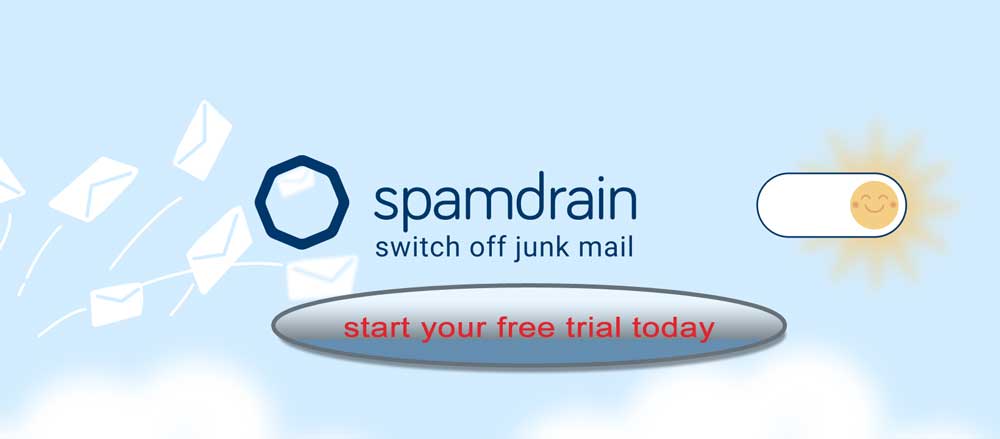
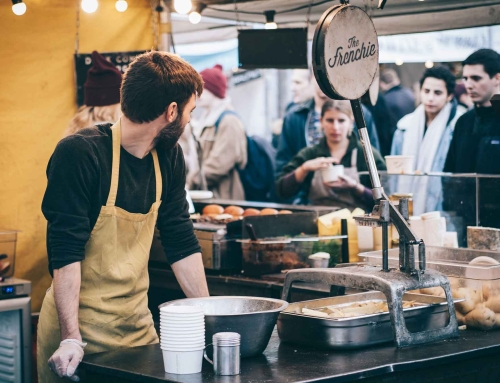


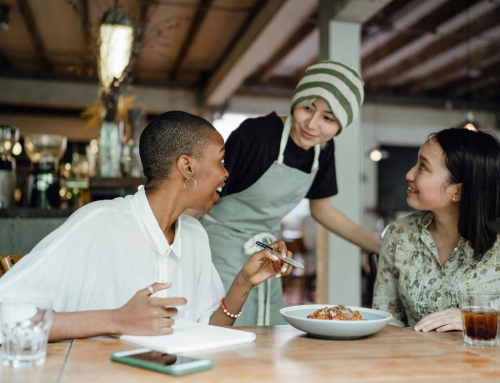

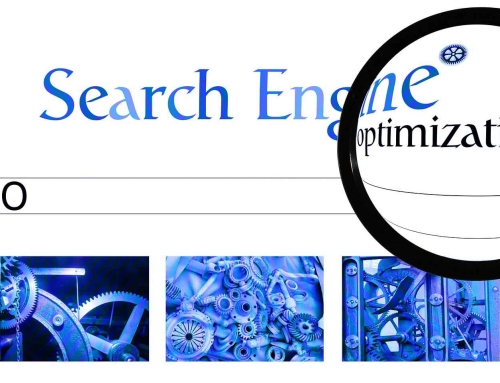

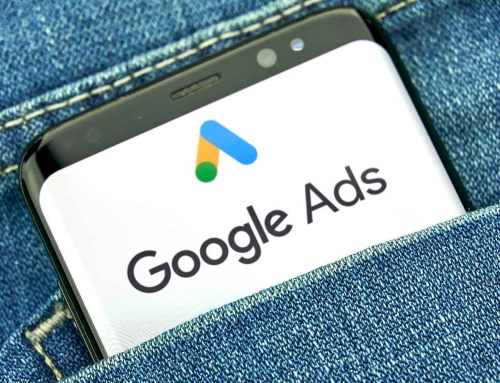
[…] Related: Your Ultimate Guide To Creating A Social Media Campaign […]